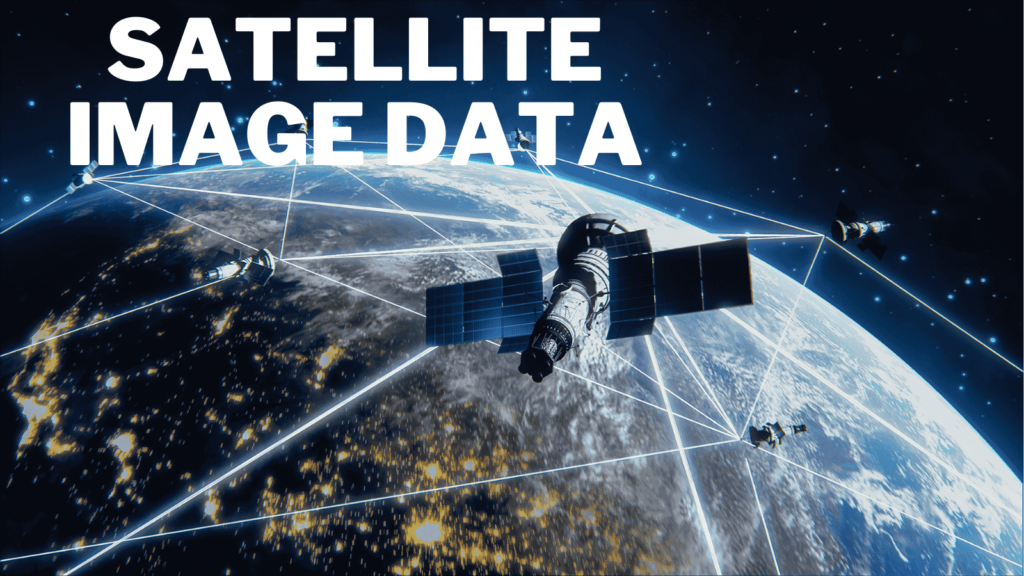Hello people!To what extent are floods in Spain considered severe?
That same night, satellites captured the disaster.
Natural disasters are always catastrophic and have great repercussions on affected areas, but the coming of satellites brought the world a view of such disasters. More recently, terrible floods in Spain have also shown that satellite imagery can provide impressive material concerning the actions and consequences of catastrophes. Such visual disasters,” captured from satellites orbiting above the flooded regions, provide a view into the cost to human life and the environment as well and have turned into an indispensable product in disaster response and recovery.
Let’s dive in!
Table of Contents
Spanish Flood Crisis Causes and Impact

Spain is not immune to severe weather, and now, most of the year, there has been terrible weather due to global warming. Formerly rare occurrences, floods have become a yearly incident in different parts of the country.
- When we have heavy downpours after a long dry spell, floods occur with so much pressure on the already overwhelmed local river systems and what the experts describe as a “Visual disaster from space”.
- We found several cases of record rainfall, for example, in some provinces in Spain like Valencia and Alicante regions in September 2024, along with some parts of Andalusia.
- The Spanish Meteorological Agency (AEMET) said these areas were hit by up to 400mm of rain within 24 hours.
- This was as heavy as several months of precipitation, flooding local rivers and drainage facilities. People’s houses, fields, and highways were submerged, and aerial photos and videos revealed the impact from above, which brought people all over the world a great deal of horror.
Basic Demographic Facts Relating to Spanish Flooding
Floods in Spain Led To
- Over 12,000 people evacuated
- It was claimed that estimated damages stood at €500 million.
- Meanwhile, livestock and farming in tens of thousands of hectares were devastated.
- A Minimum of 15 people died.
Such horrible statistics make it clear that flood disasters are very serious. This ‘visual catastrophe’ was recorded on satellites in detail about the scale of water that collects, similar to the flood, in urban and rural geography, where farmland resembles large irregular patches of waterlogged space and the entire all-over view of communities under water.
Satellite Imagery in Disaster
Satellite imagery is the best source for flood disasters as it is quick and detailed, and the situation can even be observed in real-time.
- These images are useful for dissecting the extent of the flooding, mapping out the courses of action, and determining which parts of the country deserve a helping hand.
- That’s where satellite imagery comes in. Satellite images are effective because they show things exactly how they are.
High-Resolution and Real-Time Updates
The current satellites are capable of acquiring better images that distinguish the affected regions by floods. Such photos must give a view not only of the inundated area but also of structures and landscape to make valid estimates.
Mapping Infrastructure Damage
Satellite data detects disasters such as damage to roads, bridges, and other public structures. For instance, primary communication and transportation networks in Spain were flooded, disrupting access to essential commodities.
Thus, assessing these images could help authorities identify the areas that needed restoration the most.
Satellite Data for Improving Emergency Response
Undoubtedly, satellite imagery has been a valuable aspect of disaster response in flood disasters.
- In other words, real-time imagery can save time and money by allowing organizations to quickly identify and respond to events or individuals of concern.
- For instance, Spanish authorities observed the areas flooded and were in a position to call on emergency workers and deliver needed services.
Application in Search and rescue
In Search and rescue, satellite technology has largely made an impact by offering more of the required maps of areas devastated by natural disasters.
- In some cases, largely populated areas can be physically unreachable on the ground, and with the use of satellite information, rescue squads are able to ascertain the best path without endangered lives and help find survivors.
- This technology was considered particularly important in Spain, enabling the identification of areas where access to rescuers is limited and providing help to the affected populations.
Educating the International Development Agencies
The detailed satellite images of the Spanish floods have also been disseminated as information to international organizations, non-governmental organizations, and the public. Pictures shared by the ESA and other commercial satellites, like those of Planet Labs, have gone viral on social media, thus garnering global support.
Various actors, including the International Red Cross, have used the images presented above to plan and sort out the available relief aid.
Satellite Image Data for Future Disasters

The recent flood disaster in Spain shows how satellite images are much more than a mere captured “snapshot of a visual disaster.”
- They are resources that assist in rescue, raise awareness, and assist specialists in case of subsequent disasters.
- Governments worldwide are gradually integrating satellite data into their frameworks to enhance their Disaster Risk Reduction (DRRM) capabilities for natural disasters.
Government and Public Awareness Campaigns
Spain’s authorities are employing satellite images to raise public awareness of the need to be ready for increasingly frequent floods.
This will enable local communities to comprehend the level of risk and consequently design their further evacuation plans and regulate land use in relation to flood zones displayed in the images.
Conclusion
Spanish floods have demonstrated that satellite imagery is not simply a view from above the disaster; it is a useful tool to help with rescue and recovery operations and to appeal for action against climate change.
These images tell a story while coupled with director James Sutton’s written narrative ‘as a visual catastrophe’, these images portray the fragility of our infrastructure, ecosystems and communities to extreme climatic events.
Satellite technology still has a significant place in the framework of disaster prevention and mitigation or reconstruction when environmental problems become increasingly critical.
Can we assume, or are we ready to harness this particular technology and employ it in the right manner to secure our future?
FAQs
- In what way can satellite images help evaluate the impact of a flood?
Satellite images illustrate certain flood zones where it is difficult to survey the scenes on the ground and devise sufficient tactics and strategies.
- Natural Disaster: What triggered the recent terrible floods in Spain?
Most of the floods resulted from extended periods of drought followed by intense rainfall, which exceeded the carrying capacity of rivers and drainage systems. Climate change effects compounded this situation.
- Is satellite data useful for disaster mitigation and prevention of future floods?
Yes, satellite data, when used together with predictive models, can predict flood-prone zones and give early warning in a way that readiness for prevention is prepared.
- What role does climate change play concerning the occurrence of flooding in Spain?
Global warming increases the cases of extra conditions like high rainfall and flooding. The warming atmosphere raises relative humidity, in turn adding to the increased intensity of rainfall as more frequent heavy showers.





